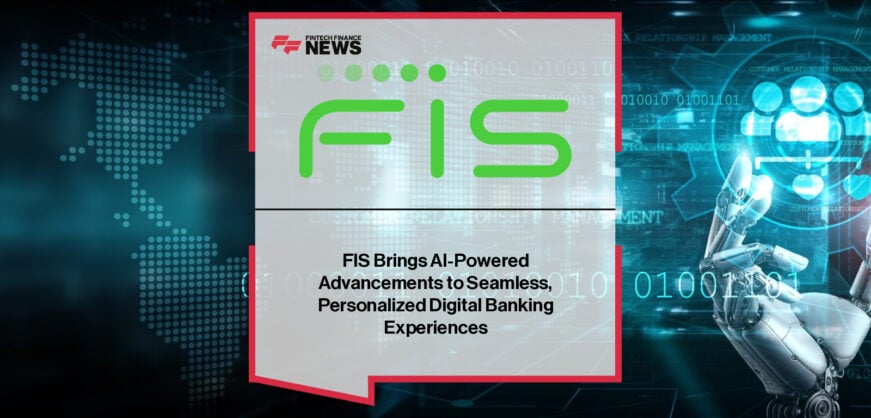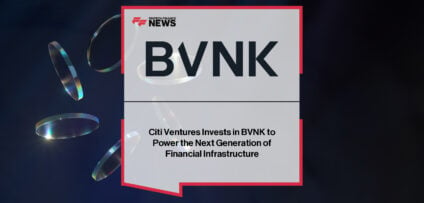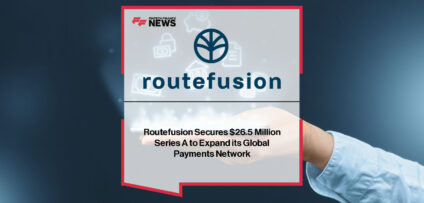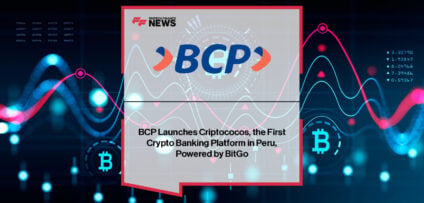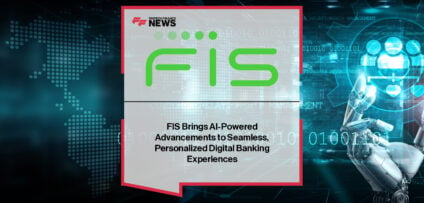Breaking News

Digital Banking and Third Party Data Centers
Banking is changing. Banking apps, payment apps, contactless, quick response codes for ATM withdrawals, real time digital payments, the rise of fintech. The disruptions to the banking sector keep coming.
The tech race in digital banking has only just started and the pace is accelerating. Contactless payments have overtaken chip and pin transactions in UK shops. There is an ATM for every 650 Americans. Customer experience is king.
Whether it is Goldman Sachs launching into online retail banking with its Marcus.com offering, a move which prompted a swift reaction from Barclays which is planning an online retail offering to US customers, or OTT players acting more and more like banks, the competition has never been as fierce.
Pull Quote 1: “The move to third parties to supply, manage and operate data center infrastructure will continue. At times of transformation the requirement for visibility into total cost of ownership and accurate insight into operational expenditure has never been greater.”
Away from the giants it is generally accepted that fintechs have yet to threaten the market share of established banks but they are being credited with enhancing customer experience and driving technology change among the big national and international players. It is still relatively early days for branchless, born on the internet banks and their technology infrastructure and approach to technology management could be viewed as a differentiator.
The implications of the impact of technology on banking were highlighted in an interview given to CNBC by former Barclays chief executive, Antony Jenkins. He said: “The most profound force bearing down on the industry now is technology. Financial businesses are data-based businesses, they are just data… and, of course, with technology now you can automate that and when you automate it, you can get a lot of efficiency and effectiveness.” He added that anything that makes handling data more effective can create a transformation.
The digital era bank is approaching fast. It will be built on secure, resilient data center infrastructure. While data centers have always been core to banking, their importance is growing. Reputational risks are high and regulation means banks can’t afford to go down.
Get ready for technology regulation compliance
Technology is now getting the attention of the regulators. New regulatory frameworks for tech are being explored in the US and internationally. In the UK technology operations are in line to be included as one of the factors in stress testing institutions for the resilience of the entire financial system.
The Bank of England’s Financial Policy Committee (FPC) is considering putting together a new framework around resilience and risk or operational disruption. “The FPC has been considering whether testing the financial system for disruption from cyber incidents is warranted for the purpose of enhancing and maintaining UK financial stability. While the FPC has been doing this in the context of cyber, the concepts are relevant to operational resilience regardless of the specific cause of disruption.”
Pull Quote 2: “Banks will be among the biggest users of Artificial Intelligence, distributed ledger tech, IoT, mobile, big data analytics and even robotic process automation.”
“Changing business models and increased outsourcing has increased the dependence of participants on others, including, in some cases, a limited number of technology providers, giving rise to concentration risk. This illustrates how, while technological innovation creates opportunities, including increasing efficiency and enabling better risk management, changing technologies are also creating new risks. Cyber threats have increased and have a greater propensity to be transmitted between participants.”
The UK’s financial services regulator the Financial Conduct Authority (FCA) pointed to efforts to establish a set of international operational resilience principles and standards.
In a consultation paper, it said: “The supervisory authorities envisage that boards and senior management should assume that individual systems and processes that support business services will be disrupted, and increase the focus on back-up plans, responses and recovery options. Setting impact tolerances which quantify the amount of disruption that could be tolerated in the event of an incident may be an efficient way for boards and senior management to set their own standards for operational resilience, prioritise and take investment decisions. An example would be a maximum acceptable outage time for a business service.”
Pull Quote 3. “…the emphasis should be on banking’s core competencies with less focus put on technology operations. The operational resilience of the data center needs to be abstracted from the business of banking.”
CIOs driving change
If the CIO’s role is ‘to change the bank’ using technology, what is needed is a focus on investing in digital tech that is going to differentiate the business. In a 2018 note on the US banking sector, consultants Deloitte said: “There is often a need for a significant ramp-up in externalization to ensure that the institution remains competitive in the marketplace. Banks’ technology groups can play a key role in orchestrating this new model of externalization, and ensure that these efforts have the greatest business impact.”
In order to do this, the emphasis should be on banking’s core competencies with less focus put on technology operations. The operational resilience of the data center needs to be abstracted from the business of banking. Of the $520bn banks are expected to spend on technology in 2018 (Gartner) a growing proportion will be spent on things that could be classified as outsourcing, e.g. cloud services and third party data centers. Choosing a partner with the right operational expertise with the correct technology tools is vital.
Technology management
Technology is bringing many new opportunities to the banking sector. Banks will be among the biggest users of Artificial Intelligence, distributed ledger tech, IoT, mobile, big data analytics and even robotic process automation.
In its 2018 sector outlook report consultants EY said: “Externally, nonbank entities and other technology providers continue to enter the banking ecosystem. The growing prominence of such entities is transforming the bank value chain and hastening the digitization of the enterprise. Banks are now “internalizing,” or integrating nonbank entities within their business and operating models, to access new customers and markets, while also “externalizing” non-traditional business functions to third-party service providers or utilities to generate cost savings and increase focus on core services.”
The move to third parties to supply, manage and operate data center infrastructure will continue. At times of transformation the requirement for visibility into total cost of ownership and accurate insight into operational expenditure has never been greater. Banks will continue to use cloud services and the technologies they bring and they will increasingly look to the commercial data center sector for solutions.
Whether driven by market forces such as consumer expectations, increased competition or new regulatory frameworks which include technology resilience, the choice of third-party provider is the most important decision a bank CIO will make.
- EXCLUSIVE: “Passion Project” – Brice van de Walle, Mastercard in ‘The Fintech Magazine’ Read more
- FreedomPay Drives Global Merchant Innovation Read more
- FIS Brings AI-Powered Advancements to Seamless, Personalized Digital Banking Experiences Read more
- Citi Ventures Invests in BVNK to Power the Next Generation of Financial Infrastructure Read more
- Nearly Two-Thirds of Global Retailers Say Payment Method Flexibility Drives Revenue Growth, ACI Worldwide Survey Finds Read more



